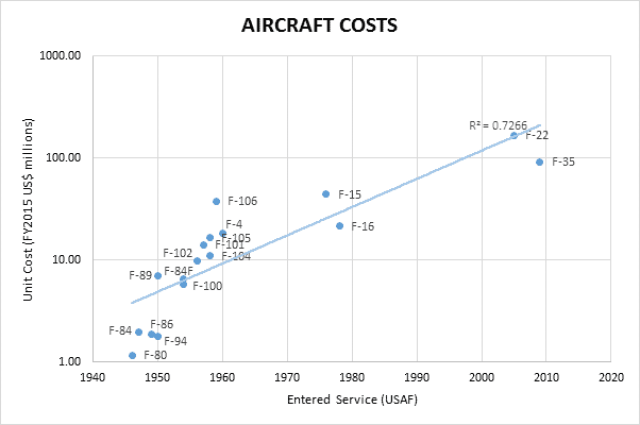I think he's wrong, but directionally correct. I think F-35 stays because it is too difficult to unravel and would affect too many other interested parties.
Directionally, however, we cannot currently produce manned aircraft in a way that makes sense. The procurement process leads to decade long development times, cost overruns, and gold-plating. If they can break that, great: let's build a new, quick and dirty fighter that we can mass produce in number and afford. If not, why are we going farther down that river? If not, we can produce smaller, cheaper, long-range unmanned vehicles that deliver the same effects downrange.



